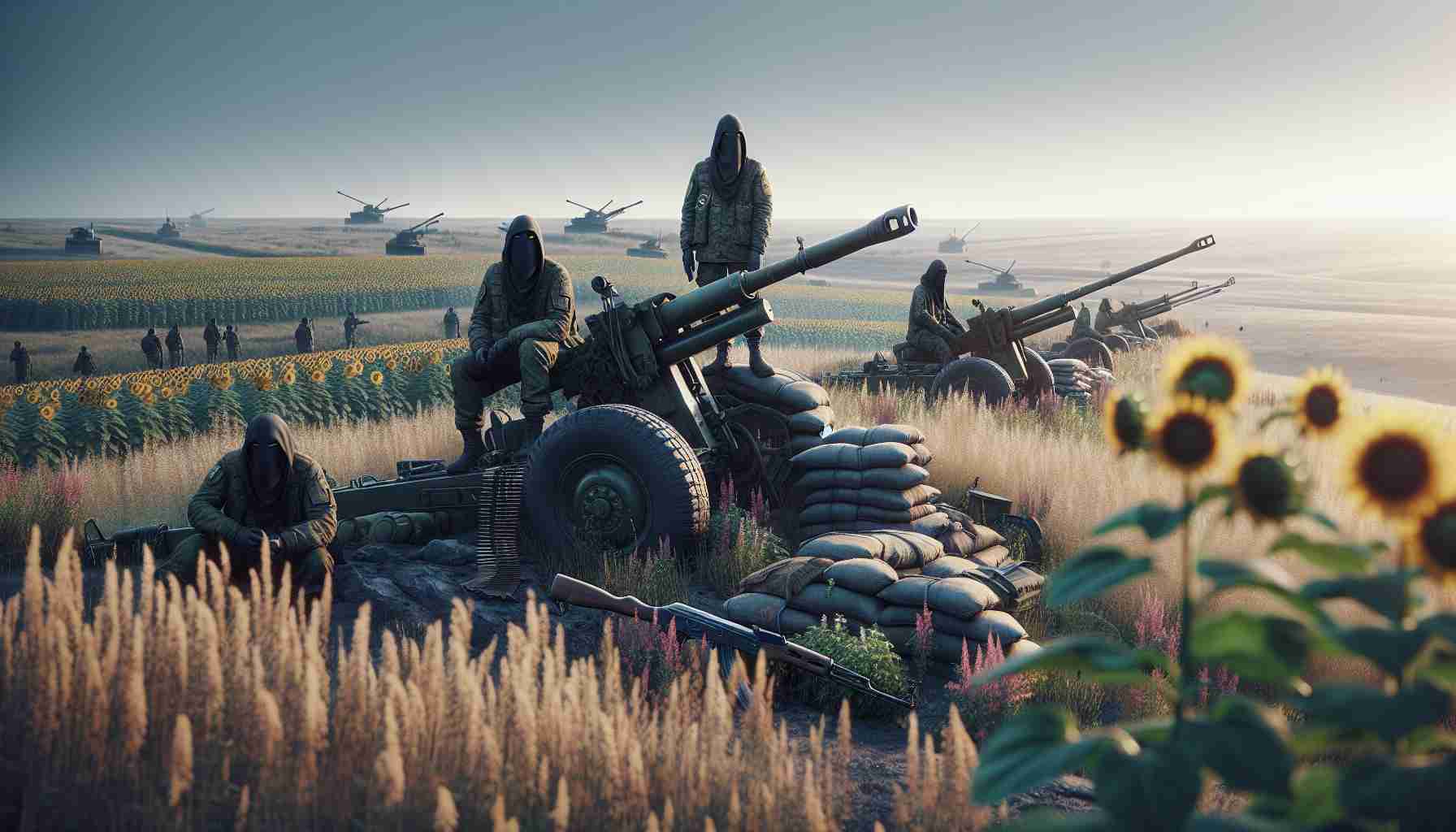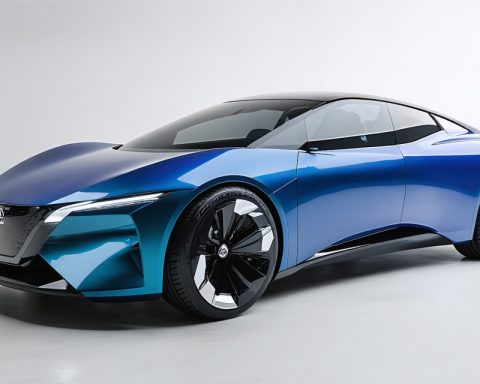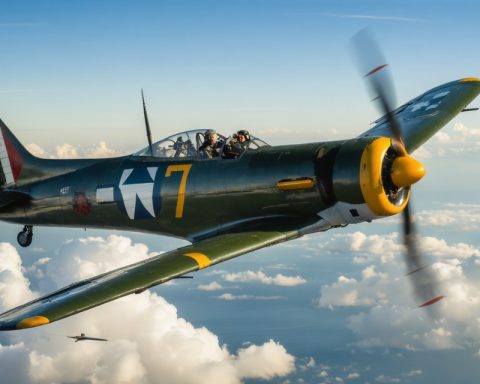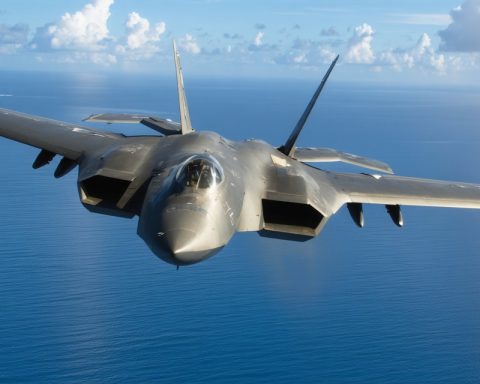A sensational video circulating online appears to showcase the North Korean M1989 Koksan 170mm self-propelled howitzer in action, purportedly within Ukraine. This footage, if confirmed, would offer strong evidence of North Korean military equipment being used in the conflict, adding a new layer to the ongoing war.
In December 2024, a video shared by @JayinKyiv gained traction as it allegedly displayed a train transporting North Korean artillery bound for Ukraine. The implication here is that these weapons are intended to aid Russian military efforts, highlighting a deeper international involvement in the conflict.
The M1989 Koksan is renowned for its formidable design, developed by North Korea in the late 1980s to enhance long-range artillery capabilities. This weapon system is notable for its firepower, achieved through its 170mm caliber gun, and its capacity for mobile artillery warfare owing to its tracked chassis similar to Soviet tank designs.
This self-propelled artillery piece offers strategic advantages on the battlefield by allowing rapid repositioning and varied munitions capabilities, including high-explosive and precision-guided shells. Its maximum range, reportedly around 60 kilometers with specialized munitions, can strike deep behind enemy lines, making it a valuable asset in artillery engagements.
The emergence of these artillery units in Ukraine signals significant foreign military support for Russia, raising critical questions about the global ramifications of this support and the potential escalation it might provoke in the conflict. The Koksan’s deployment underscores North Korea’s strategic military collaborations and its implications on a global scale.
North Korean Artillery in Ukraine: A New Dimension in Global Military Dynamics
In recent developments surrounding the conflict in Ukraine, reports have surfaced about North Korean artillery making an appearance on the battlefield. Specifically, the North Korean M1989 Koksan 170mm self-propelled howitzer, a formidable artillery piece known for its long-range capabilities, is believed to be in use by Russian forces. This raises intriguing questions about international involvement and strategic partnerships in the ongoing conflict.
Features and Capabilities of the M1989 Koksan
The M1989 Koksan stands out for its robust artillery capabilities, designed to enhance long-range firepower. Equipped with a 170mm caliber gun, this self-propelled howitzer can deliver powerful artillery strikes. Its mobility on a tracked chassis, reminiscent of Soviet tank designs, allows for quick repositioning on the battlefield—a crucial advantage in modern warfare.
– Range and Firepower: The M1989 is capable of firing high-explosive and precision-guided munitions over distances of up to approximately 60 kilometers. This range allows it to target areas deep behind enemy lines, providing strategic leverage during artillery engagements.
– Mobility and Design: The tracked design offers enhanced mobility across various terrains, facilitating dynamic combat strategies and swift redeployment of artillery units.
Implications and Global Ramifications
The potential deployment of North Korean artillery in Ukraine underscores not only North Korea’s involvement in the global arms trade but also raises concerns about the escalation of international military collaboration. This move could provoke broader geopolitical tensions and influence international relations, especially regarding alliances and support systems in armed conflicts.
Insights and Trends in Military Collaborations
The reported involvement of North Korean weaponry in Ukraine highlights a growing trend of unconventional military collaborations. Such partnerships may be driven by strategic alignments or economic incentives, offering new dimensions to global military dynamics.
– Strategic Alliances: The emergence of these partnerships points to a complex web of international military alignments, often transcending traditional alliances.
– Economic and Military Support: For countries like North Korea, providing military aid could be a means of gaining economic benefits or strategic political support on the international stage.
Predictions and Future Outlook
As the situation continues to evolve, monitoring the implications of such military collaborations will be crucial. The presence of North Korean artillery in Ukraine could influence future diplomatic negotiations and military strategies, potentially reshaping the landscape of international conflict involvement. The role of third-party states in conflicts highlights a future where geopolitical complexities become the norm, necessitating careful navigation and strategic foresight.
Conclusion
The revelation of North Korean M1989 Koksan howitzers in Ukraine adds a new layer to the ongoing conflict, bringing to light the intricate nature of international military collaborations. This development not only affects the immediate military dynamics in Ukraine but also carries significant implications for global security and diplomacy in the future.
For more insights into global military dynamics and geopolitical strategies, visit CNN and BBC.







